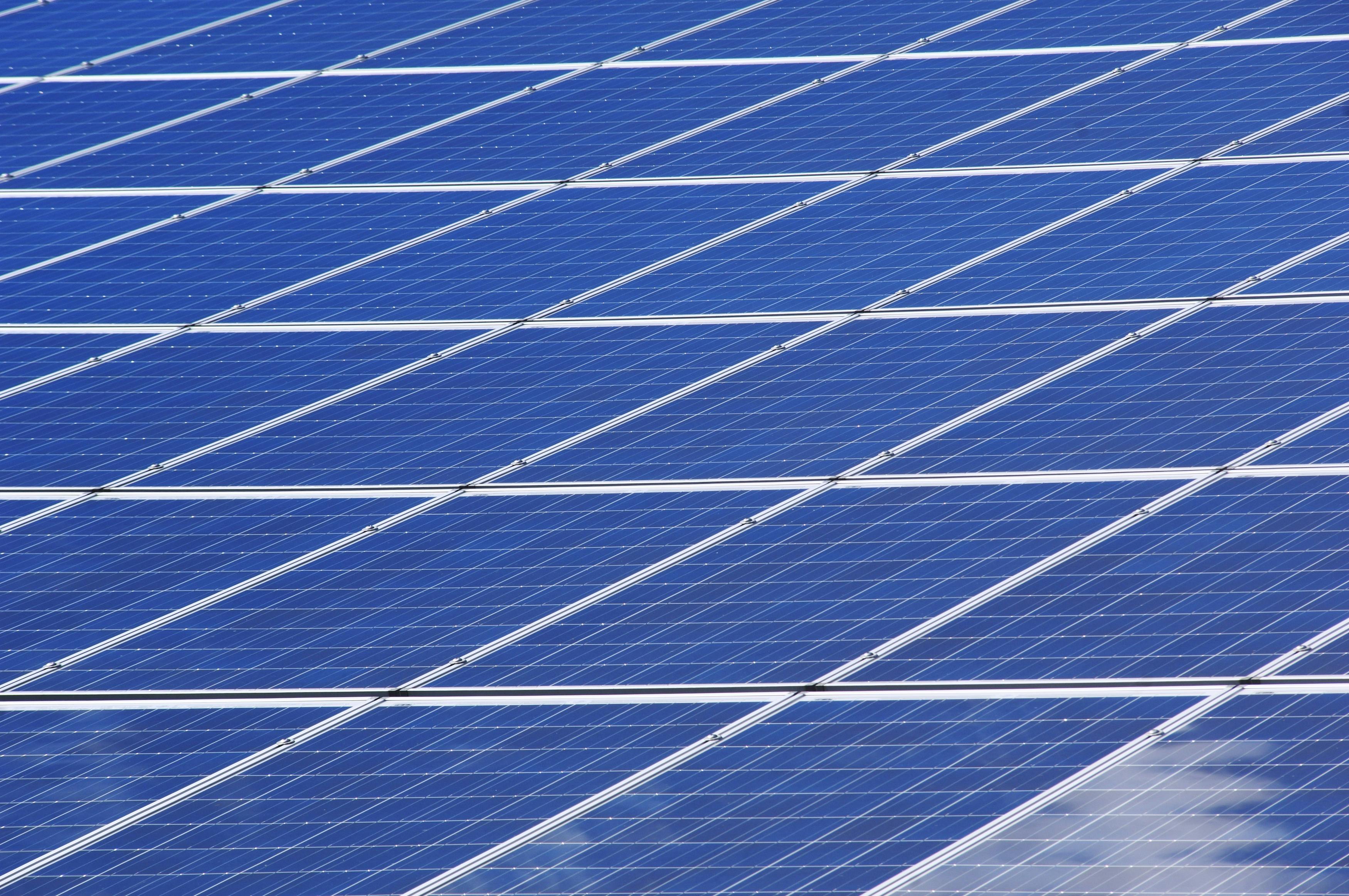Solar Panels in the United States: Your 2025 Guide to Benefits, and Technology
As we step into 2025, solar energy continues to play a pivotal role in the United States' renewable energy landscape. This guide explores the latest developments in solar panel technology, the expanding adoption of solar energy across the country, and the potential benefits for property owners. Whether you're considering solar panels for your home or business, or simply curious about this growing energy source, this comprehensive overview will shed light on the current state of solar power in the U.S.

Why is Solar Energy Expanding in the U.S.?
The remarkable growth of solar energy across the United States stems from multiple converging factors. Environmental consciousness drives part of this expansion, as Americans increasingly seek cleaner alternatives to fossil fuels. However, economic factors now play an equally important role. The cost of solar panel installation has decreased by over 60% in the past decade, making renewable energy financially competitive with traditional power sources in most states.
Energy independence also fuels solar adoption. Homeowners and businesses appreciate generating their own electricity, reducing vulnerability to utility rate increases and power outages. In states like California, Texas, and Florida, where electricity costs remain high or weather events threaten grid stability, solar adoption continues accelerating. Additionally, property value increases associated with solar installations—often between 3-4% according to recent real estate data—create another compelling incentive for homeowners considering the investment.
How Do Solar Panels Work?
Solar panels function through the photovoltaic effect, a process that converts sunlight directly into electricity. Each panel contains multiple photovoltaic cells made primarily of silicon, which serves as a semiconductor material. When sunlight strikes these cells, it excites electrons, creating an electric current. This direct current (DC) electricity then flows to an inverter, which converts it to alternating current (AC) used by household appliances and the electrical grid.
The efficiency of this process depends on several factors including panel orientation, geographic location, and weather conditions. Modern residential solar systems typically include monitoring technology that allows homeowners to track energy production through smartphone apps or web interfaces. Most systems connect to the traditional power grid, enabling net metering—a billing arrangement where excess electricity generated during sunny periods offsets consumption during nighttime or cloudy weather. Some installations also incorporate battery storage systems, allowing users to store excess energy for later use instead of feeding it back to the grid.
Average Costs of Solar Panels in the U.S. (2025)
The cost of solar panel installation varies significantly based on system size, location, and installation complexity. As of 2025, the national average cost for residential solar systems ranges between $2.50 and $3.50 per watt before incentives. For a typical 6-kilowatt residential system, this translates to approximately $15,000-$21,000 before applying federal tax credits and state incentives.
System sizes typically range from 4kW for smaller homes to 12kW for larger residences with higher energy demands. Installation expenses generally constitute about 35% of total system costs, with the remainder covering equipment including panels, inverters, mounting hardware, and potentially battery storage.
| System Size | Average Cost (Before Incentives) | Average Cost (After Federal Tax Credit) | Estimated Annual Savings |
|---|---|---|---|
| 4kW | $10,000-$14,000 | $7,000-$9,800 | $600-$1,200 |
| 6kW | $15,000-$21,000 | $10,500-$14,700 | $900-$1,800 |
| 8kW | $20,000-$28,000 | $14,000-$19,600 | $1,200-$2,400 |
| 10kW | $25,000-$35,000 | $17,500-$24,500 | $1,500-$3,000 |
Prices, rates, or cost estimates mentioned in this article are based on the latest available information but may change over time. Independent research is advised before making financial decisions.
Government Incentives for Solar Energy in 2025
Federal and state governments continue providing substantial financial incentives to accelerate solar adoption. The federal Investment Tax Credit (ITC) remains the cornerstone incentive, allowing homeowners to deduct 30% of their solar system costs from their federal taxes through 2032. For a typical 6kW system costing $18,000, this represents approximately $5,400 in tax savings.
State-level incentives vary considerably but offer additional savings opportunities. California’s Self-Generation Incentive Program provides rebates for solar battery storage, while New York offers direct cash rebates through NY-Sun. Many states maintain Solar Renewable Energy Credit (SREC) markets, where homeowners earn credits for the clean energy they generate, which can then be sold for additional income.
Property tax exemptions for solar installations exist in 36 states, preventing property tax increases despite the value added by solar systems. Additionally, 29 states mandate net metering, ensuring homeowners receive credit for excess electricity fed back to the grid. Some utilities offer performance-based incentives, paying homeowners for each kilowatt-hour their system produces, regardless of whether it’s used onsite or exported to the grid.
Latest Technology Trends in Solar Panels
Solar technology continues advancing rapidly in 2025, with several innovations enhancing efficiency and aesthetics. Bifacial solar panels, which capture sunlight from both sides, increase energy production by 5-30% compared to traditional panels by utilizing light reflected from surrounding surfaces. These panels prove especially effective in snowy regions or installations above light-colored roofing.
Perovskite solar cells represent another breakthrough technology gaining commercial traction. These thin-film cells achieve efficiency rates approaching 25%—comparable to traditional silicon cells—but at potentially lower manufacturing costs. Several manufacturers now offer perovskite-silicon tandem cells that combine technologies for efficiency ratings exceeding 29%.
Building-integrated photovoltaics (BIPV) continue gaining market share, with solar roof tiles and solar windows becoming more affordable and widely available. Major manufacturers now offer solar shingles that mimic traditional roofing materials while generating electricity, appealing to homeowners concerned about aesthetics. Additionally, improved solar tracking systems that adjust panel angles throughout the day maximize energy capture, increasing overall system efficiency by up to 25% compared to fixed installations.
Battery storage technology has also evolved significantly, with lithium-iron-phosphate batteries offering improved safety and longevity compared to earlier lithium-ion variants. These storage solutions enable homeowners to achieve greater energy independence and provide backup power during outages, adding value to solar installations beyond simple electricity bill reduction.




